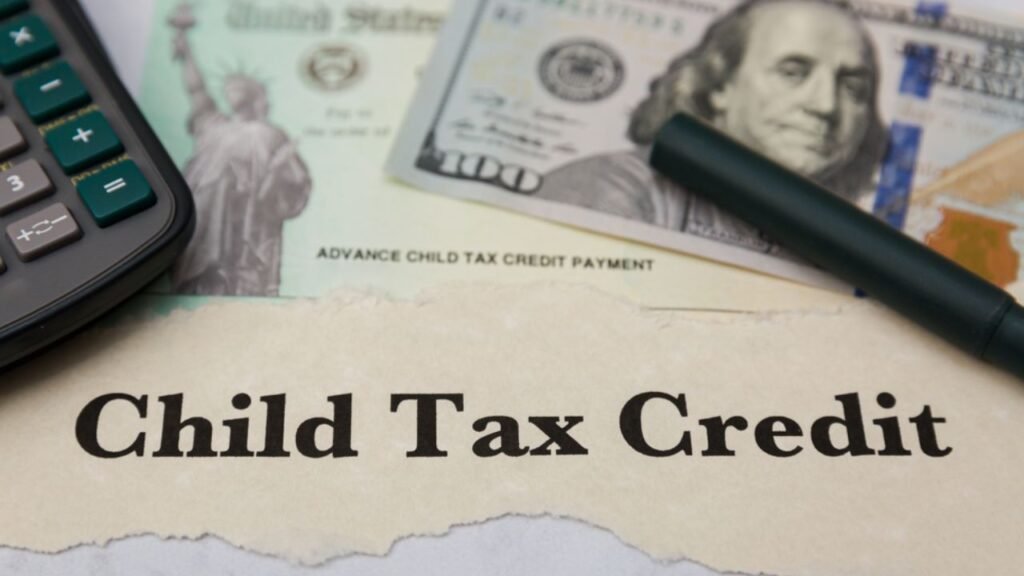Juggling work and family obligations has become very difficult in today’s hectic world. particularly for parents and other caregivers who look after their dependents or young children. The US Internal Revenue Service’s (IRS) Child and Dependent Care Credit, which many people are unaware of or do not believe they qualify for, can be a huge help in such circumstances.
You will find all the information you need about this tax credit in simple, approachable language in this article. To ensure you don’t lose out on this advantageous program, we will be aware of who this credit is for, how much can be claimed, and how to apply.
What is Child and Dependent Care Credit?

Families who pay for child care or dependents who are unable to care for themselves can benefit from the Child and Dependent Care Credit. It pays for the costs of daycare, summer camps, and other early childhood care services.
This credit can lower your tax liability, but if it falls to zero, you won’t receive a refund because it is non-refundable. Nevertheless, it can drastically lower your tax obligation.
Who can claim this credit?
If you’re wondering if you’re eligible for this plan, consider the points below:
- Qualifying dependent: The person being cared for must be either a child under the age of 13, or a dependent (such as a spouse or other relative) who is unable to care for themselves.
- Work-Related Expenses: These care expenses must be a result of you going to work or looking for a job. This applies to people who are full-time, part-time or self-employed.
- Income: Both you and your spouse (if you’re filing jointly) must earn income during the year.
- Care Provider Information: You must provide the name, address and TIN (Taxpayer Identification Number) of the person or entity providing care.
How much can you claim?
The amount of your credit depends on your expenses and income:
- Qualified Expense Maximum: Expenses up to $3,000 for one dependent and $6,000 for two or more dependents count toward the credit.
- Credit Percentage: This percentage can range from 20% to 35%, depending on your annual income. Low-income families can receive a higher percentage credit.
Example: If you spent $6,000 on child care for two children and your income qualifies for the 35% credit, you will receive a tax credit of $2,100.
How to apply for this tax credit?
Claiming this credit is easy if you follow the right procedure. Follow the step-by-step guide below:
1. Fill out Form 2441
Together with your tax return Form 1040, complete IRS Form 2441 (Child and Dependent Care Expenses). You must include details about the care providers and eligible expenses in this.
2. Provide care provider information
The name, address and TIN (tax identification number) of the care provider is required in this form. Without this, the IRS can deny your claim.
3. Submit the form with your tax return
Attach Form 2441 to your main tax Form 1040 and submit it on time. If you are using tax software, it will guide you.
4. Keep a record of expenses
You should keep all documents of care expenses such as receipts, record of payment and provider’s TIN safe. These documents may be asked in case of an IRS audit.
5. Check for additional benefits
Make use of any dependent care plans your employer may offer, such as a Dependent Care FSA. However, remember that your eligible spending limit is reduced by the amount that enters the FSA.
What mistakes should be avoided?
Many times people are not able to take advantage of this tax credit due to small mistakes:
- Providing incomplete information of the provider.
- Claiming more than the maximum spending limit.
- Indicating an ineligible relative as a care provider (such as your child under 19 or spouse).
- Missing the filing deadline, which can cause you to lose the credit.
Special tips for maximum benefit
If you want to take full advantage of this tax credit, consider these tips:
1. Track all eligible expenses
Include not just day care, but also summer camps, after-school programs or adult care services if they qualify.
2. Check state-level plans
Some states offer additional tax benefits related to this credit. Visit your state’s tax department website to find out.
3. Use a dependent care FSA
If you have one, you can put a portion of your pre-tax pay into it to pay for care expenses. This saves taxes.
Conclusion: Get tax benefits for your hard work
Many families unintentionally overlook the Child and Dependent Care Credit, which can improve your family’s financial situation if you are aware of it and make the proper claim. This can lessen your tax burden and is a huge relief for parents who are taking care of kids or family.
Therefore, be sure to look for this credit on your next tax return. You can maximize this tax benefit if you have the correct information, supporting documentation, and timely filing.
FAQs
Q1. Who qualifies for the Child and Dependent Care Credit?
Working parents or guardians with children under 13 or dependents/spouses who can’t care for themselves.
Q2. How much can I claim under this credit?
You can claim up to $3,000 for one dependent or $6,000 for two or more.
Q3. What percentage of expenses can be claimed?
The credit covers 20% to 35% of qualifying expenses, based on your income.
Q4. Which form is needed to claim the credit?
You need to file IRS Form 2441 along with your Form 1040 tax return.
Q5. Do I need to provide care provider information?
Yes, you must include the name, address, and Taxpayer Identification Number (TIN) of each care provider.


